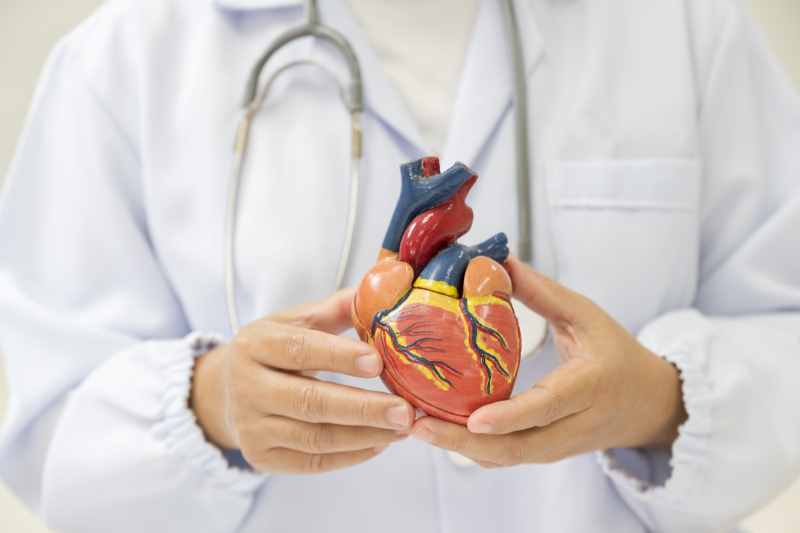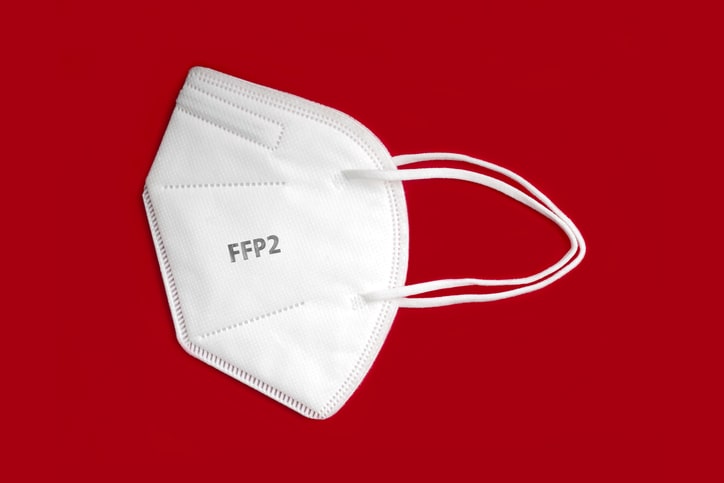
The leading cause of death among individuals with kidney failure is cardiovascular disease. Patients with kidney failure face various cardiovascular risk conditions, including complications related to abnormalities of chronic kidney disease–mineral and bone disorder, accumulated uremic toxin levels, protein-energy wasting, and inflammation.
Unhealthy diet is known to exacerbate nutritional and metabolic derangements, and nutritional therapy may help manage the uremic complications associated with cardiovascular risk in patients with kidney failure. According to Wan-Chuan Tsai, MD, PhD, and colleagues, there are few data available on how therapeutic diets with various dietary strategies act as modifiers of the diverse biochemical parameters related to cardiovascular disease in patients with kidney failure.
The researchers conducted a randomized crossover trial to test the hypothesis that a therapeutic diet that was dialysis-specific and included a combination of favorable dietary strategies and therapies would provide adequate nutrition while reversing cardiovascular risk conditions, including altered mineral metabolism, uremic toxin accumulation, and inflammation. Results of the trial were reported in the Journal of Renal Nutrition.
The study was conducted at a hemodialysis unit of a tertiary teaching hospital between October 28, 2020, and December 10, 2020.
Subjects were recruited and invited to participate if they met inclusion criteria (age older than 20 years, having end-stage kidney disease and undergone hemodialysis three times a week for more than 3 months, having adequate dialysis, serum intact parathyroid hormone [PTH] levels <100 pg/mL, and good dietary compliance). Exclusion criteria were serum albumin level <2.5 g/dL; hospitalization within the past 4 weeks; use of prebiotics, probiotics, symbiotics, or antibiotics within the past 4 weeks; history of psychiatric disorder; mental disability; dislike of the study meals; soft diet requirement; or vegetarian status.
The study was designed to compare a therapeutic diet with usual diets for 7 days, separated by a 4-week washout period. The therapeutic diet was characterized by adequate calorie and protein amounts, natural food ingredients with a low phosphorous-to-protein ratio, higher portions of plant-based food, and high fiber content.
The primary outcome of interest was the mean difference in the change-from-baseline in intact fibroblast growth factor 23 (FGF23) level between the two diets during the 7-day study period. Secondary outcomes included changes in serum phosphate, calcium, intact PTH, and C-terminal FGF23 levels. Exploratory outcomes were changes in serum p-cresyl sulfate (PCS), indoxyl sulfate (IS), and high-sensitivity C-reactive protein (hs-CRP) levels.
Outcome measures were recorded at the beginning of each study period, after 2 days, after 5 days, and at the end of each study period (7 days). Eight repeated measurements for each participant were obtained to assess the changes in study outcomes at different time points.
A total of 150 patients were screened for eligibility. Of those, 22% (n=33) underwent randomization. Of the 33 randomized participants, three were excluded during the first study period. The remaining 30 participants (15 in each group) completed the first and second study periods.
Mean age was 62 years, 56% (n=18) were men, and mean dialysis vintage was 8 years. Mean dry weight was 61 kg, and mean body mass index was 24 kg/m2. Approximately 97% of the overall cohort had arteriovenous fistula, and 84% used low dialysate calcium.
Relative to participants who consumed the usual diet, there were significant reductions in change-from-baseline intact FGF23, phosphate, intact PTH, and C-terminal FGF23 levels in those who consumed the therapeutic diet. There was significant elevation in the change-from-baseline calcium level among those in the therapeutic diet group. The therapeutic diet also tended to lower the total IS level compared with the usual diet (P=.07). There were no significant differences in change-from-baseline free IS, total PCS, free PCS, or hs-CRP levels between the two study diets.
The primary and secondary outcomes were analyzed at two other time points (2 and 5 days after dietary interventions). After 2 days of the dietary intervention, the therapeutic diet had a significant phosphate-lowering effect and tended to elevate the calcium levels (P=.09). There was no effect on intact FGF23, intact PTH, and C-terminal FGF23 levels relative to the usual diet. After 5 days of the intervention, the therapeutic diet was associated with significant reductions in phosphate and intact PTH levels, significant elevations in calcium levels, and tended to reduce intact FGF23 levels (P=.06). There was no effect on C-terminal FGF23 levels relative to the usual diet after 5 days.
Citing limitations to the study, the authors included the intent to examine only the short-term beneficial effects of therapeutic diets, not standardizing the usual diet, and limiting the type of foods included in the study menus, which may have affected the dietary adherence of the study participants.
In conclusion, the researchers said, “It is suggested that eating the right type of food in the right amounts is good for human health, and this is particularly true for patients on dialysis. In contrast to the previous published studies that modified a single dietary factor as the main approach, this study adopted a comprehensive dietary approach comprising a variety of favorable dietary strategies to modulate the diverse cardiovascular risks in patients on hemodialysis. Over a 7-day period, this dietary strategy showed promising effects on mineral metabolism and uremic toxins. In order to promote these diets among dialysis patients, future studies with longer durations of dietary interventions are warranted.”
Source: Journal of Renal Nutrition







 © 2025 Mashup Media, LLC, a Formedics Property. All Rights Reserved.
© 2025 Mashup Media, LLC, a Formedics Property. All Rights Reserved.